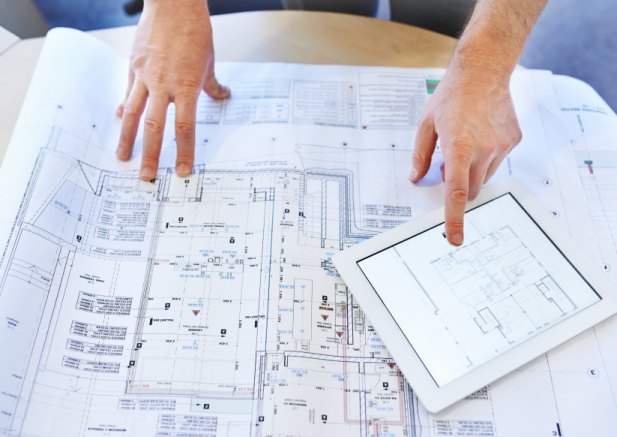
Four key areas to scrutinize in your commercial building process
When you’re ready to take the next step in making your industrial or commercial building dreams a reality, it’s important to step carefully to avoid common building plan pitfalls. In particular, working with independent architects and builders can come with a specific set of challenges, and as the owner, you’ll have to bridge any gaps. Here are some key areas that call for special attention as your building plan comes together.
Does your architect’s schematic design match your needs? Be sure to clearly communicate what design aspects are most important to you, including cost, quality, functionality, durability, maintenance and energy efficiency, particularly when presented with several options. Fail to do so and you can spend a lot of unnecessary time and money before heading in the direction you really want, or worse, changing course during construction. Don’t understand the drawings? That’s common; simply ask questions or request additional drawings for clarification.
Do the plans and specifications have sufficient detail? If your plans and specifications lack details, contractors who bid on the project will have a hard time giving you accurate quotes. Some architects will carefully think through every issue, others may assume the contractor will fill in the blanks. Ambiguity can result in significantly more work and expense for you, not to mention the energy you may have to invest in resolving conflicts between the architect and builder. Take time to conduct a quality control review with your designer to help ensure complete information for the bidding contractors.
Is your builder’s quote missing essential information? Ideally, you want a transparent relationship with your builder. The security that comes with knowing that you are working with a team with integrity is invaluable. Sadly, some builders will use their advanced knowledge to take advantage of those who aren’t as industry-savvy.
When requesting a quote from your builder, require that the builder provide a detailed scope-of-work to list out the specific inclusions and exclusions associated with their quote. Every project is unique, and at times work items that are not specifically listed on the building plans, but are required for the project, are missed in the builder’s quote. This can include permit and plan review fees, testing and inspections, temporary facilities, site preparation and removals, utility extension and access fees, utility upgrades, low voltage systems, equipment and fixtures, among others.
Is your team continually changing course from the plan? It happens: new ideas come up, problems arise, barriers must be overcome. But change orders come at a premium price, and constant changes can be a red flag which requires the team to reevaluate.
Every owner needs cost controls, but planning ahead will serve you well. Setting aside 15 percent or more of the construction cost estimates for contingencies will help you prepare for surprises that emerge. But if your team isn’t cooperating, managing the plan and responding to cost information to stay within budget, as owner, you’ll want to step in to make sure everyone is going in the same direction: yours.
It is possible to bypass many of these concerns by considering a design build approach for your project. Design build is where one entity, the design builder, enters into a single contract with the owner to provide both design and construction services. Design build provides an optimum design and construction experience for project owners through clear team communication, improved price certainty, optimized building performance within the project budget and a streamlined project schedule.